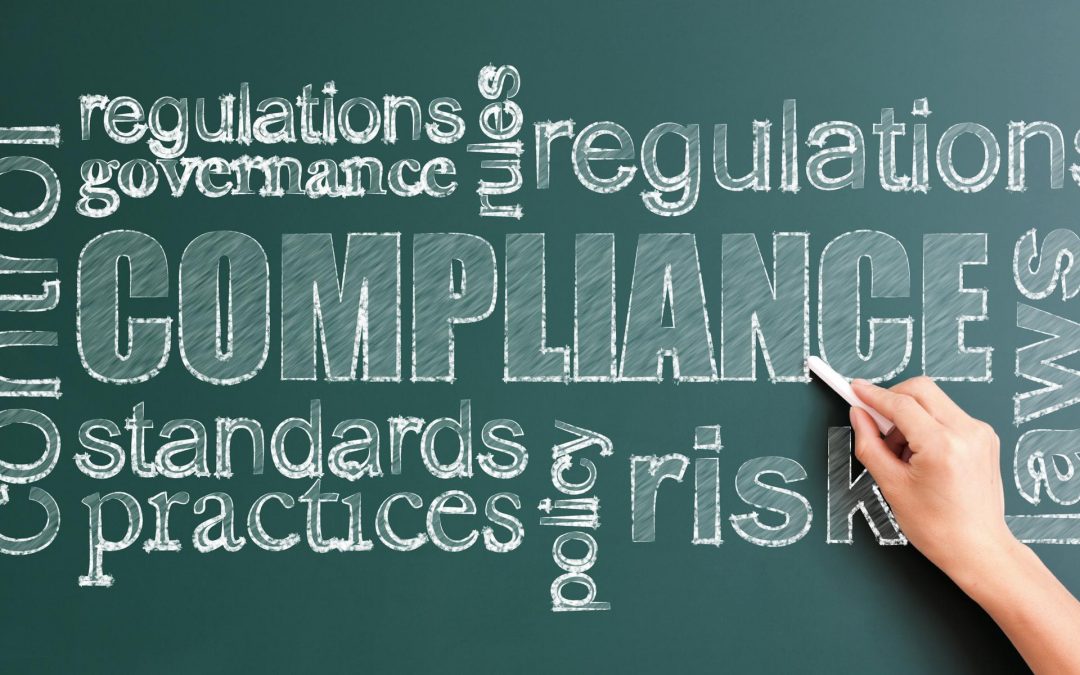This blog highlights the importance of regulatory compliance for medical device manufacturers, roadblocks and key steps to navigate through them.

Table Of Contents:
Medical devices play a crucial role in the healthcare ecosystem, aiding in the diagnosis, treatment, and monitoring of various health conditions.
As such, these devices must undergo rigorous testing and evaluation throughout their lifecycle to ensure their safety and effectiveness.
From conception to commercialization, every step of the process must adhere to strict guidelines and standards to guarantee the safety and efficacy of these life-saving devices.
Regulatory compliance serves as a safeguard, ensuring that manufacturers adhere to stringent quality standards and regulatory guidelines set forth by governing bodies. Non-compliance may lead to approval delays, financial losses, application rejection or product recalls.
However, navigating the complex landscape of regulatory compliance can be akin to manoeuvring through a maze filled with roadblocks.
The Significance of Regulatory Compliance for Medical Devices
Patient safety, Risk management and mitigation and Managing product quality throughout its lifecycle is the primary goal of medical device companies as well as regulators. Key significance points are as follows:-
- Ensuring Patient Safety
Regulatory compliance in the medical device industry is required primarily for patient safety. This is achieved by rigorous evaluation and adherence to standards like ISO 13485 and ISO 14971. This ensures only safe and effective devices reach healthcare professionals and patients. - Upholding Product Efficacy
Regulatory compliance maintains medical device efficacy through frameworks like the FDA’s Quality System Regulation (21 CFR Part 820) and the European Medicines Agency’s Medical Device Regulation (MDR). These systems oversee design, manufacturing, and distribution, ensuring consistent and reliable device performance. - Fostering Industry Credibility
Compliance with international standards and guidelines signifies an organization’s dedication to quality and safety. This strengthens consumer trust, boosts investor confidence, and fosters collaborations with healthcare providers and regulatory bodies. - Facilitating Market Access
In a globalized world, regulatory compliance is the key to market access, with prerequisites like UDI and CE marking serving as entry tickets for product distribution, expanding access to innovative medical solutions worldwide. - Mitigating Legal and Financial Risks
Failure to comply with regulatory standards carries significant legal and financial consequences. Regulatory agencies can levy fines, halt product approvals, or mandate recalls for substantial violations. Adherence to regulatory compliance safeguards organizations from such risks and preserves their interests. - Supporting Continuous Improvement
Regulatory compliance fosters a culture of continuous improvement. Organizations regularly assess processes, systems, and products to align with evolving regulations, resulting in better product development, enhanced patient satisfaction, and sustained growth.

Top 10 Common Roadblocks to Medical Device Regulatory Compliance
- Ever-Evolving Regulations
The continuous evolution of regulations necessitates constant vigilance and adaptation. - Complex Documentation Requirements
Meeting the intricate documentation prerequisites, including Device Master Files (DMFs) and Design History Files (DHF), poses a significant challenge - .Global Market Variability
Navigating diverse international regulatory frameworks requires harmonization of compliance strategies. - Resource Constraints
Adequate resource allocation for compliance efforts, including finances and manpower, can be challenging. - Interpreting Regulatory Language
Ambiguities in regulatory language can lead to inconsistent interpretations and implementations. - Staying Updated
Monitoring and keeping up with regulatory changes, such as the European Union’s MDR, is formidable. - Quality Assurance Demands
Maintaining a robust Quality Management System (QMS), as required by ISO 9001, is crucial for preventing failed audits, mitigating risk and avoiding quality issues. - Risk Management Complexity
Adhering to ISO 14971’s risk management principles necessitates comprehensive assessments. - Supplier Management
Ensuring suppliers comply with regulatory standards is essential for maintaining product quality. - Post Marketing Surveillance
Monitoring real-world product performance and addressing issues is a critical part of compliance.
Conclusion
In the ever-evolving landscape of medical device regulations, compliance is a steadfast commitment to patient safety and product quality.
The adherence to relevant guidelines, standards, and ISO standards serves as an intricate roadmap for navigating the complexities of medical device regulatory compliance on a global scale.
As medical device manufacturers navigate these roadblocks via continuous improvement, adaptability, and unwavering commitment, they ensure that the devices are safe and effective for patient use worldwide.
How Can RegDesk Help?
RegDesk is a holistic Regulatory Information Management System that provides medical device and pharma companies with regulatory intelligence for over 120 markets worldwide. It can help you prepare and publish global applications, manage standards, run change assessments, and obtain real-time alerts on regulatory changes through a centralized platform. Our clients also have access to our network of over 4000 compliance experts worldwide to obtain verification on critical questions. Global expansion has never been this simple.

